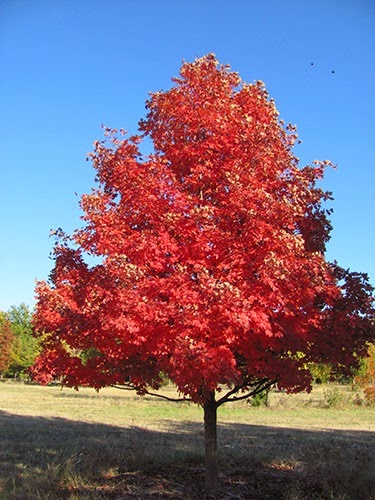Emergency Supply Kits, Communication Planning Can Make a Big Difference
By: Nora Rhoades, Family and Youth Development Agent
Lynette Blakeslee had a sense of foreboding on May 24, 2011. That was the day a tornado ripped through Stafford County, Kansas and destroyed her home and other buildings on the farm where she and her husband raised three children.
“I had an awful feeling that day,” Blakeslee said of the uneasiness she felt as she listened to weather forecasts and watched the changing sky. She took items of importance, including financial documents, her purse, some of the quilts she’d made and other items to the basement and the storm did indeed come… roaring through at about 5:30 p.m.
Once the tornado passed and the house grew quiet, she climbed the stairs and opened the door. “Everything was gone. The roof of the house, outbuildings, and trees,” she said. Her car was also destroyed.
She would learn later that a woman and her two children had stopped their car under a cottonwood tree at the end of her driveway – taking shelter from the storm. The woman and her teenage son were killed and her daughter injured when the tree fell on their car.
“I still think about it a lot. I would just tell people to get ready, even if you just think it might happen,” said Blakeslee, when asked about advice she’d give. Her family still owns the farm, but did not rebuild the house. She has moved into Great Bend.
The Post Rock Extension District is helping citizens prepare for disasters through Prepare Kansas, a free K-State Research and Extension online program, designed to help Kansans prepare in advance in order to ease the effects of disasters after they’ve happened and allow for a quicker recovery.
Prepare Kansas coincides with September’s designation as National Preparedness Month by the Federal Emergency Management Agency <http://www.fema.gov/>. Participants complete weekly activities and by the end of September, they will be better prepared to recover from any disaster that strikes.
“Start out by preparing a communication plan with family members and co-workers, and assemble an emergency supply kit,” explains Nora Rhoades, Post Rock District Family and Youth Development Agent. “A family may not be together when a crisis happens, so it’s important to think ahead about how you’d communicate in an emergency. Think of different scenarios – different types of disasters as well as methods of communication. What if cell phones are not working? How about land lines? Would your 12-year-old know who to call if he couldn’t reach you?”
Something as simple as making contact cards with email addresses and telephone numbers of family members, close friends and colleagues and making sure every member of the household has a copy, can be important. Younger children can keep the card in a backpack or school bag.
Start assembling an emergency supply kit including items such items as:
- one gallon of water per day per person for at least three days
- three-day supply of non-perishable food
- battery-powered or hand crank radio and a NOAA Weather Radio (with tone alert and extra batteries)
- flashlight and extra batteries
- first aid kit
- whistle to signal for help
- wrench to turn off utilities









